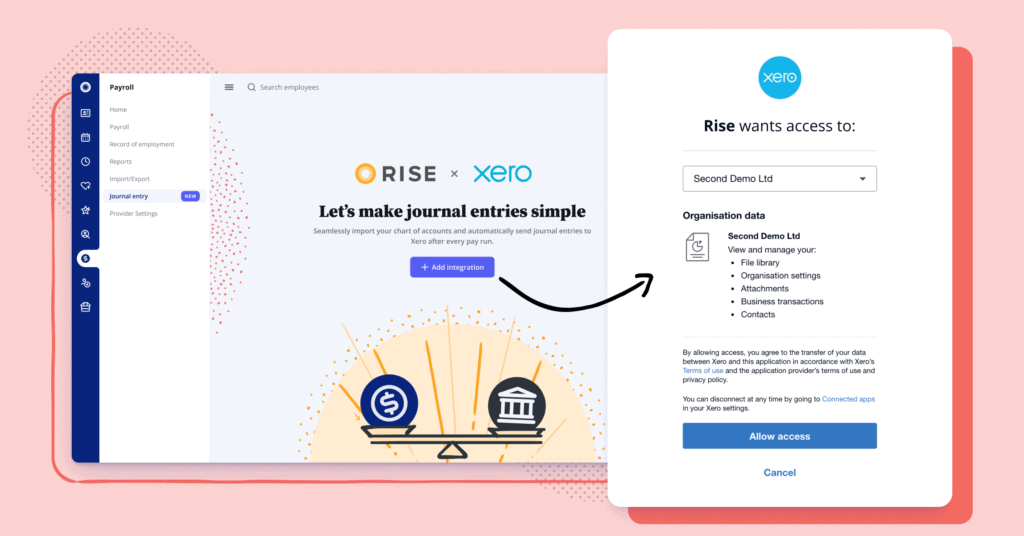There are many different things you need to consider when building the ROI business case for payroll, including being able to assess your HR payroll system and compare solutions. Here are 6 factors to consider to help you make the best choice.
First, figure out how productive your current payroll system is.
Running payroll involves many steps and touches many parts of your organization, so it’s important to examine your entire process end-to-end to understand your level of productivity. Start by looking at how much time and effort you spend collecting gross data for running payroll, including timesheets for hourly employees.
Next, try to determine how much time it takes to perform a pay run, and how quickly and easily you can identify and resolve payroll errors. Have you thought about how much effort is required to run payroll reports? An all-in-one solution that combines payroll with HR, time tracking, and group benefits can go a long way in improving productivity by reducing the amount of time spent on duplicating data.
Consider the accuracy of your payroll system when calculating your ROI.
Although the true cost of errors may be more difficult to measure, having a strong ROI depends heavily on the accuracy of your timesheets, tax withholdings, holiday and overtime pay, deductions, and more. When assessing your ROI, consider the accuracy of your current system against a payroll system that is integrated within an HR platform. This integrated sharing means a seamless sync between data, helping to reduce administrative work and ensuring the most up-to-date information is always used when running payroll.
No one wants to duplicate effort, but without the right systems in place, you may be spending too much time on payroll.
Take a closer look at your current payroll system: does it provide a single source of truth that collects accurate employee time with little or no effort? Can you easily create and distribute pay statements and effortlessly post to your payroll GL?
Next, consider all of the HR data that feeds into your payroll system. Does your current payroll system require you to manually update employee information that is kept in another HR platform? Are you manually importing timesheets? How much time do you spend entering and reconciling group benefits every time you have a pay run? Add up the number of hours you spend on any of these tasks per pay run to help calculate your ROI.
The power of your payroll reporting system is often overlooked when calculating ROI.
How extensive are your payroll reporting capabilities and how much time and effort is involved in generating the reports you actually need? Some payroll systems provide custom reporting—but at a price. Can you create your own reports? Or are you forced to wait for your payroll provider to generate them for you while you wait? Often payroll providers limit the number of custom reports that you can generate, charging fees for their reporting services, and for running the volume of reports that you need. All of these extra costs are important to consider when assessing your payroll system.
Assessing your ROI also requires a keen understanding of what the overall cost is of your current payroll process.
How well do you really know the true cost of your current payroll process? Every cost adds up, from software and hardware to printing and payroll services fees. Consider every cost involved when evaluating your own HR payroll system against other systems, including cloud-based HR systems that often follow different pricing schemes. Some HR systems offer more transparent and simplified pricing than traditional payroll systems, such as pricing on a per employee and per pay run basis. This makes it easier to understand what you are spending and helps you forecast for the future.
Your current system or process may be putting you at risk of non-compliance, which incurs a ‘soft cost’ when calculating your ROI.
The possibility of non-compliance means there’s a potential risk of incurring fees or penalties from the CRA due to incorrect tax withholdings. Also, if your time tracking system is not seamlessly integrated with your payroll system, mistakes and misclassifications can wreak havoc on your organization and quickly cost you a bundle when you least expect it.
Performing a complete ROI analysis will help you understand if your current HR payroll system is truly meeting your needs and will help guide you towards making the right decision for your future.
Our all-in-one integrated online payroll program provides a powerful, stress-free, and accurate solution for Canadian businesses. Book a free demo today to discover how Rise can help you.



